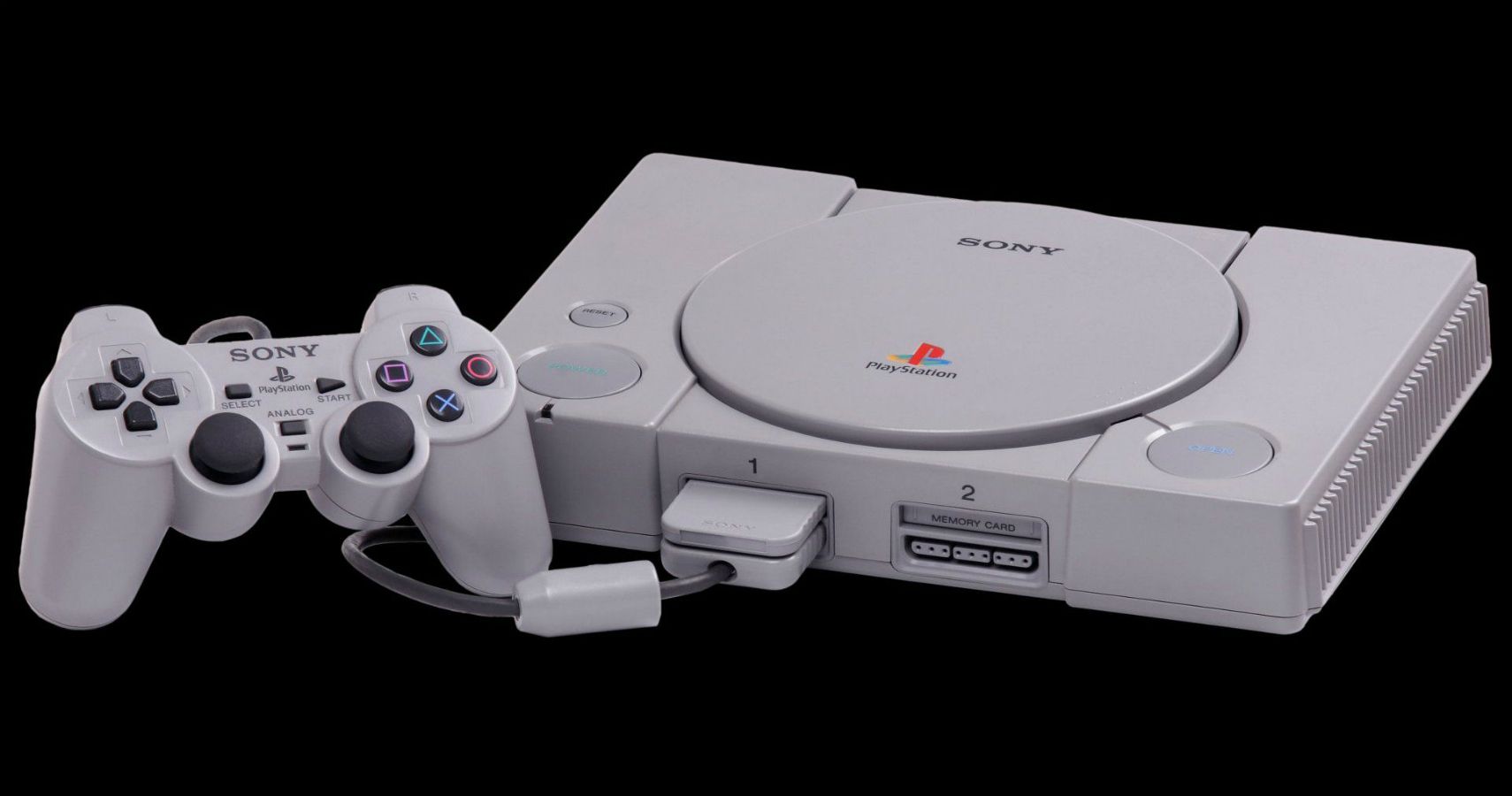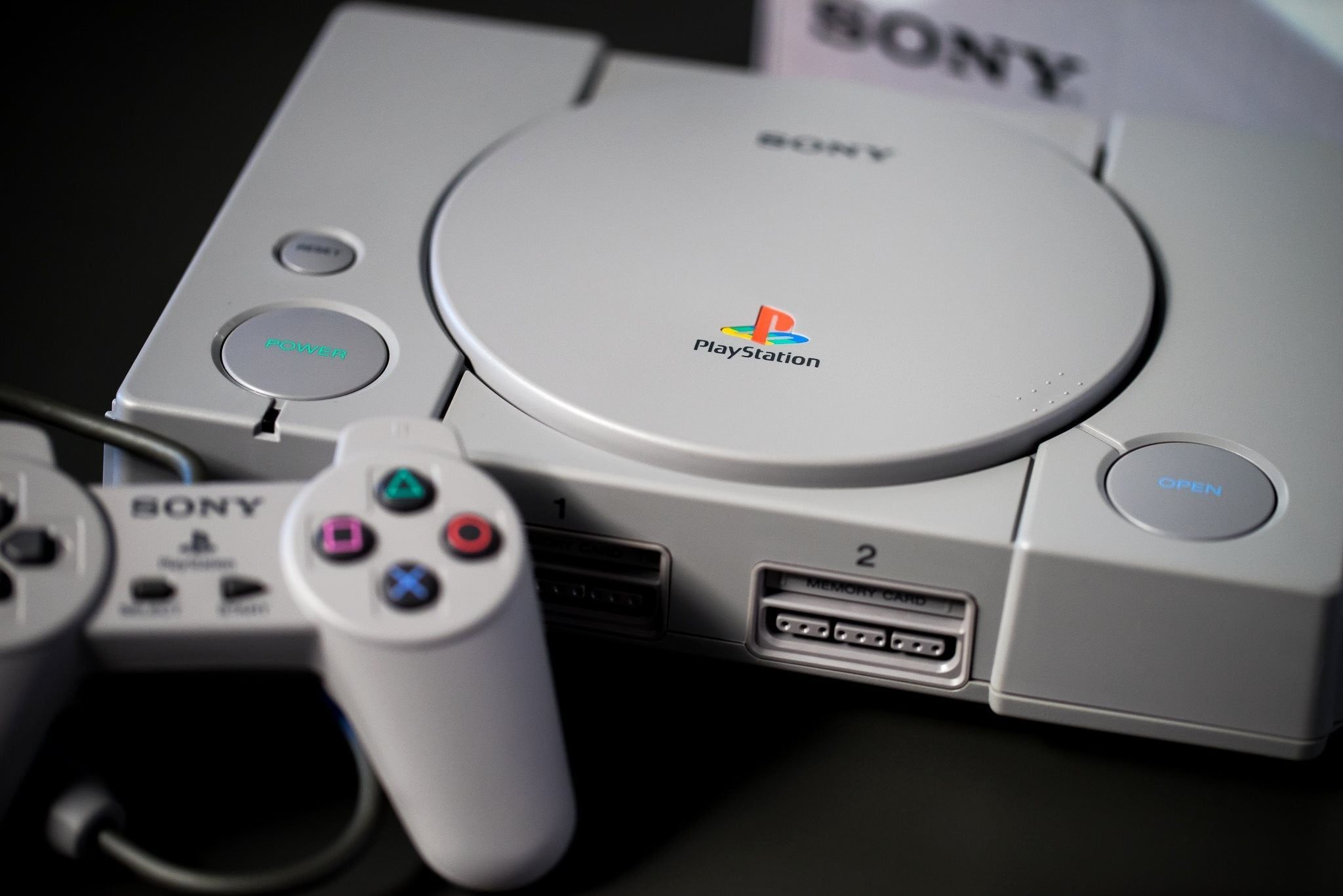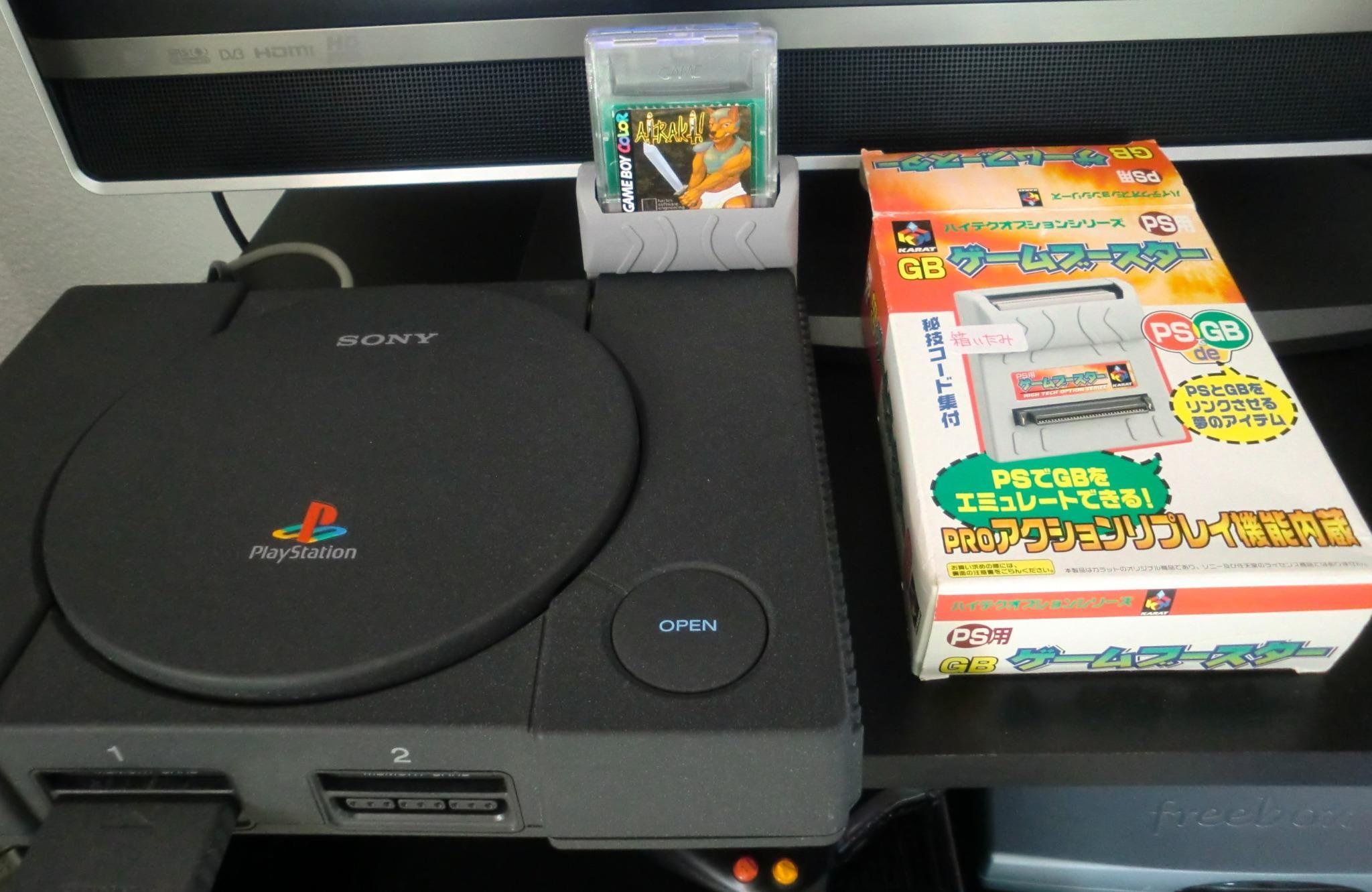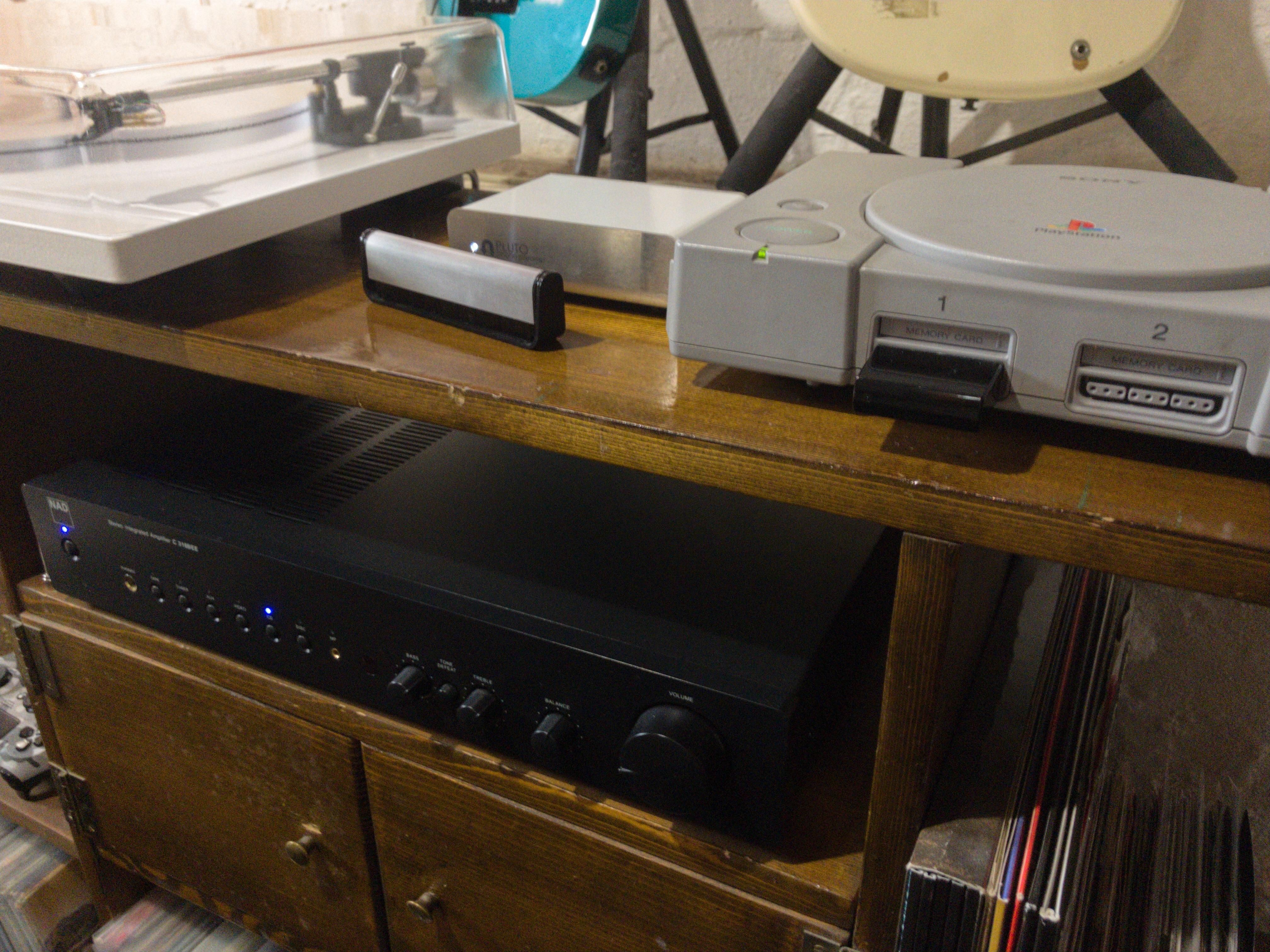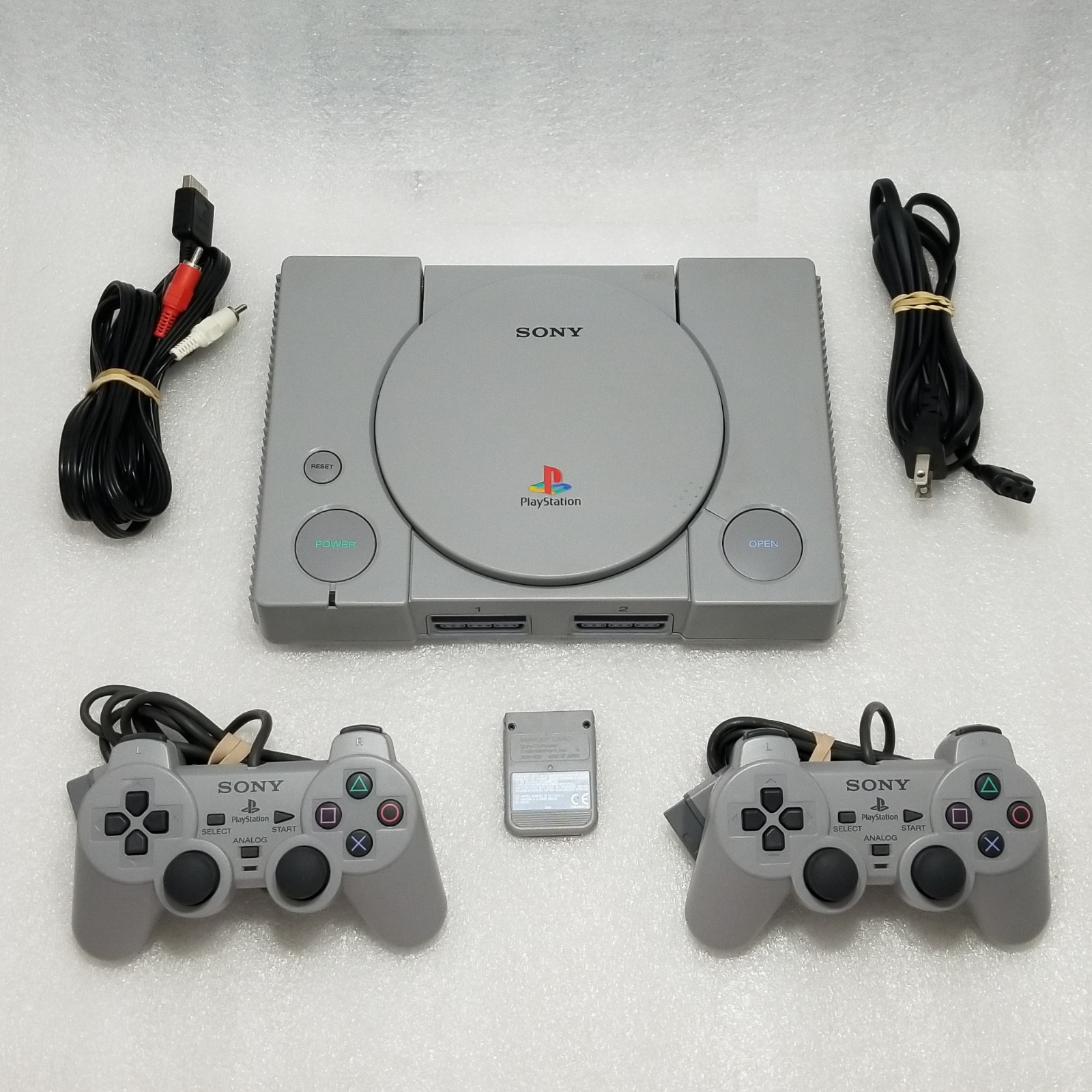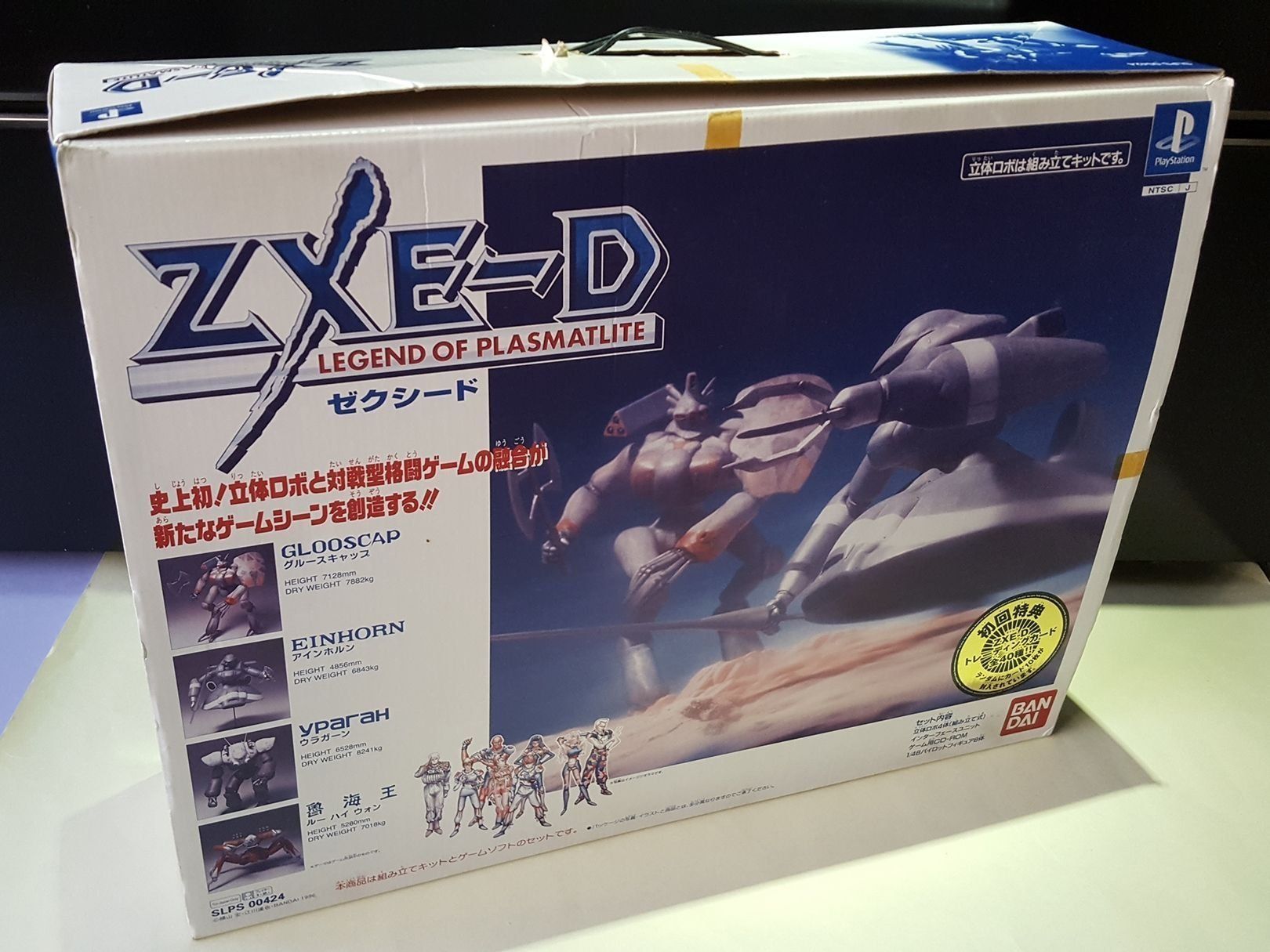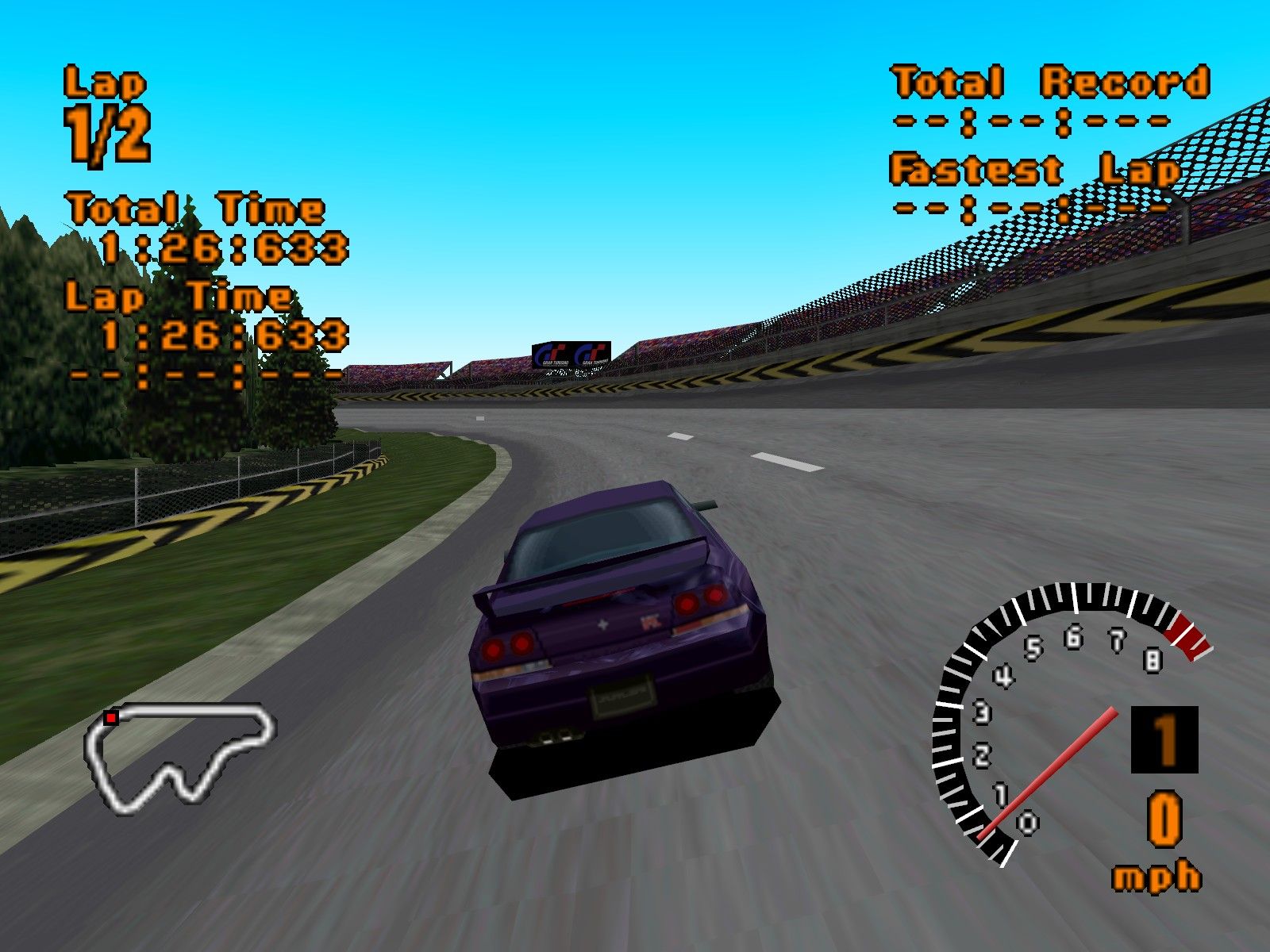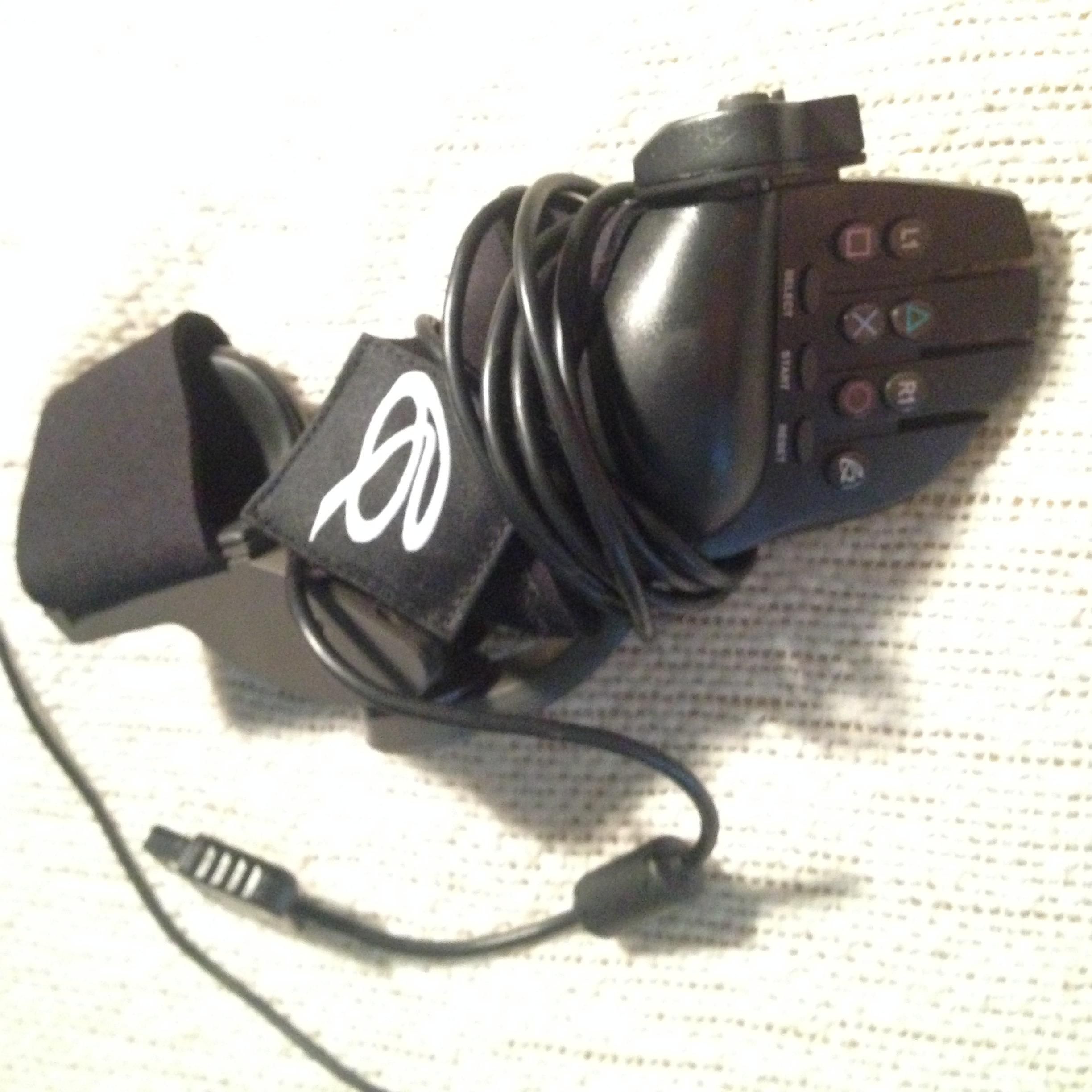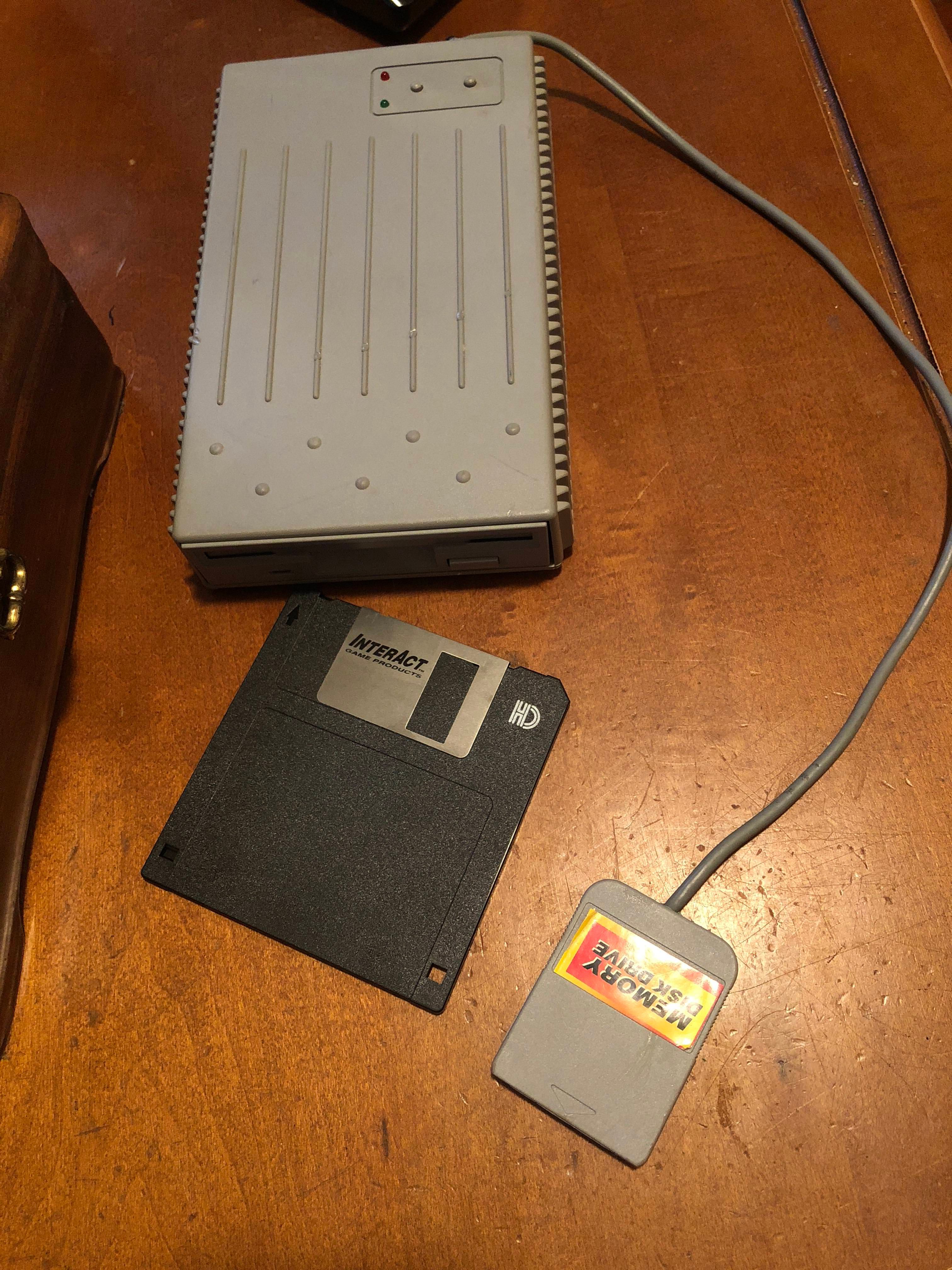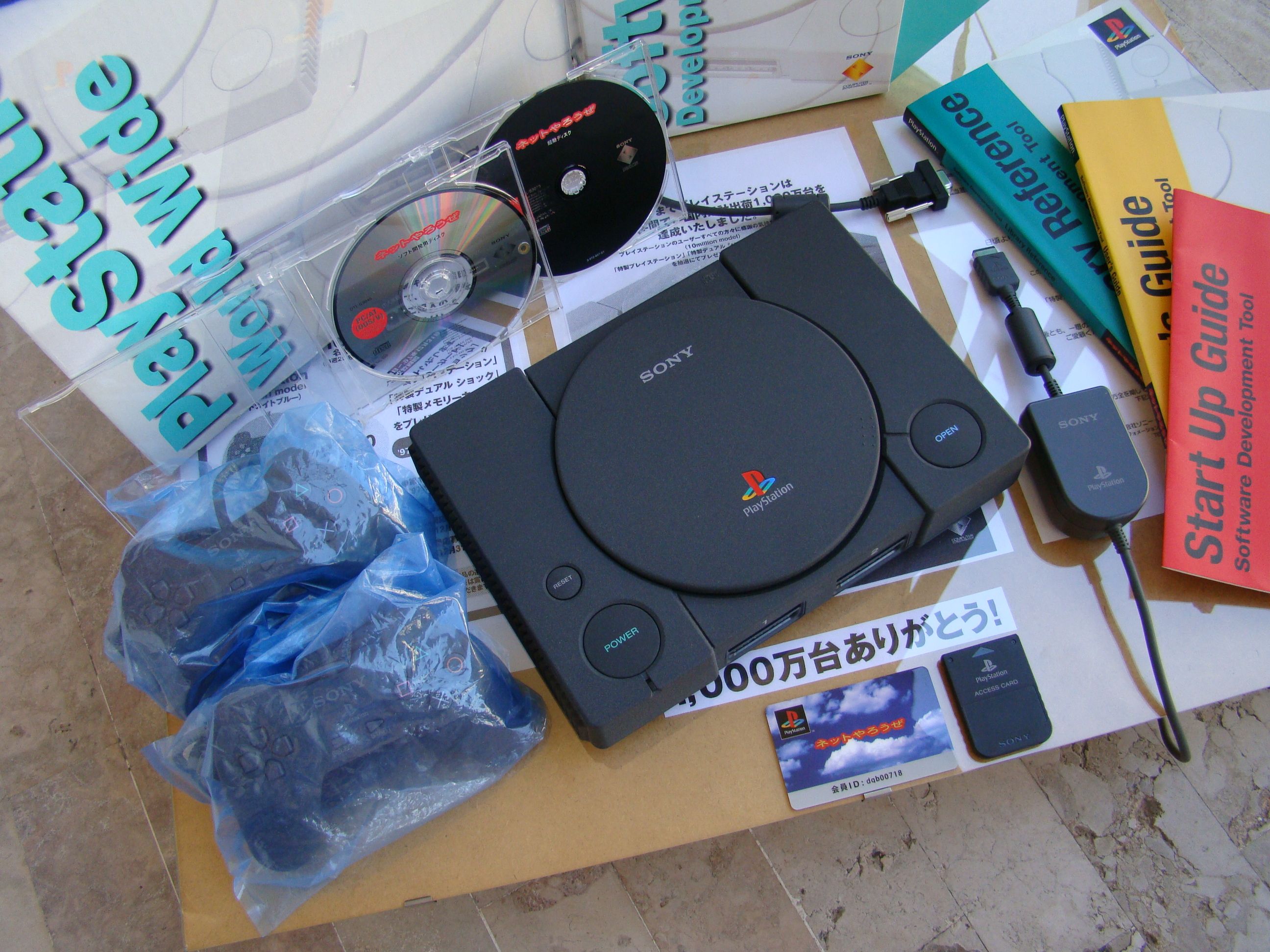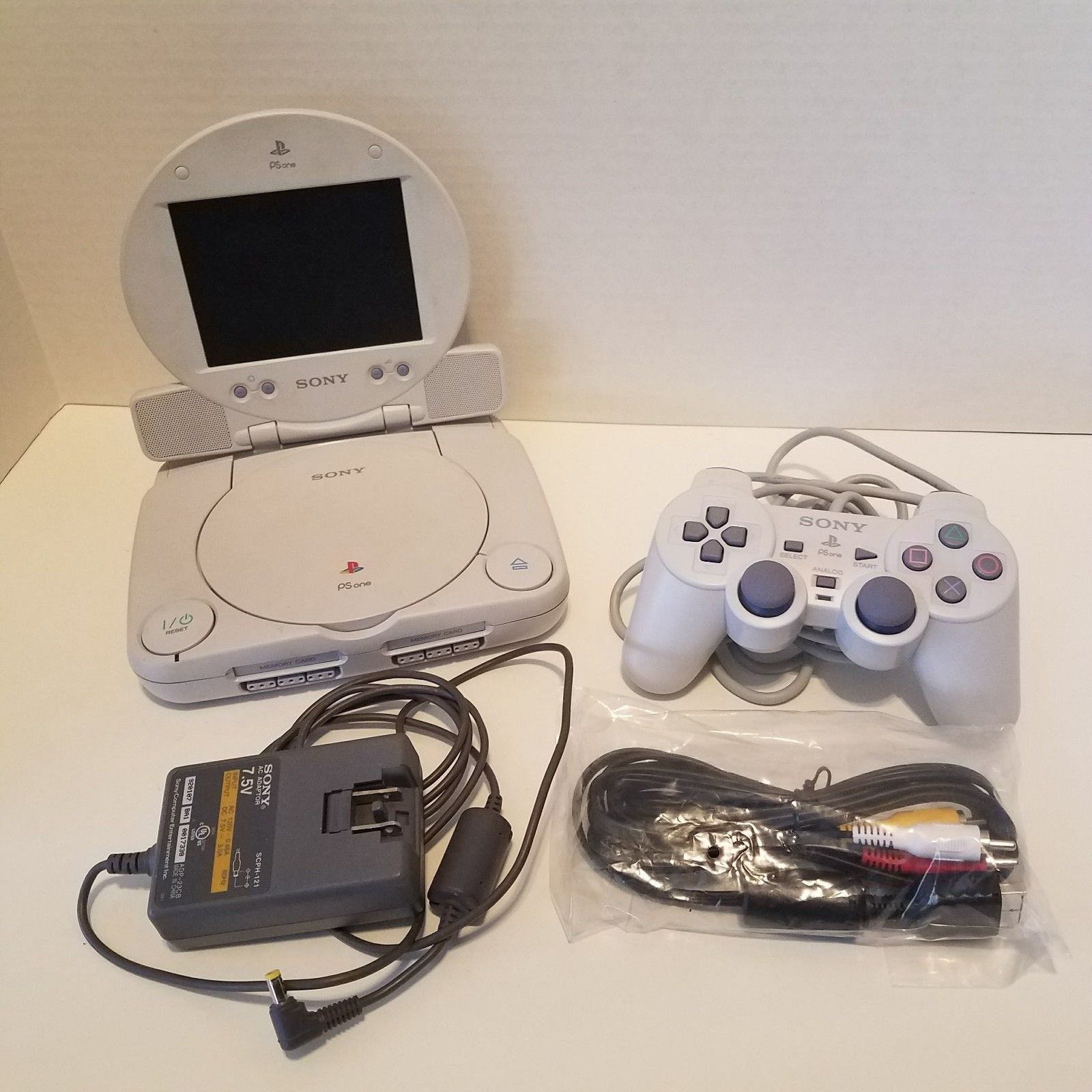Sony launched the original PlayStation on December 3, 1994. The console went on to sell over 100 million units. They released a smaller, disc-less version of the console in 2018—the PlayStation Classic—though that didn’t make anywhere near as much as the original. For the gamers who experienced the original PlayStation, it was clear that the console was way ahead of its time, with stellar graphics, great peripherals and a remarkable array of games. From Resident Evil to Final Fantasy VII, the PlayStation 1 was full of titles which were so iconic that they are getting their own remakes.
However, many players didn’t make the most out of the console. Even though it was chock-full of features, there were still a number of things it could do that many players were not aware of. This includes everything from connecting to the internet to connecting to laptops. Below are 10 of the tips and tricks you could have made the most of in the 90s.
10 Connect to the Internet
In the 90s, connecting to the internet with your console was unheard of. But the PlayStation 1 could do it, even though most owners didn’t know about this until much later—and some never have till today. Sony proved that its console was way ahead of its time when they released a PlayStation add-on which could link to both your cell phone and your controller. For owners with a data plan for their mobile, this allowed them to use their phone through the console, and also to browse the internet and even download select online games. Even though this service did not reach the United States, you can still get your hands on it.
9 Play GameBoy Titles
The earlier versions of the PS1 came with a parallel I/O port. This allowed the console to make connections that Sony probably never intended. One of them was to allow you to connect the Game Boy to the PS1 and play games on it. This mod, called the Super GB Booster, was made by a developer called Innovation. The mod let users connect their GameBoy and GameBoy Color to the console and view it on a connected TV. It also had a pallet and border editor, which allowed the user to change the color. Sony removed this port from later versions of the PS1.
8 Connect to High-End Audio Rigs
The PS1 was a console that offered innovations in a number of ways. However, one thing most people didn’t realize was that it could produce a crisp sound that rivaled audio systems which cost thousands of dollars. According to Destructoid, the Sony PlayStation 1 SCPH-1001 was an audiophile’s dream. This specific model came with an RCA input, which had a stellar sound output. For a console that costs very little on eBay—if you can find it, that is—this is a steal. And audiophiles have embraced it, using it as a unique CD player as well as tweaking it to further enhance the audio quality.
7 Play Multimedia Files
The GAMAR Movie Card allowed users to play VCDs without any hassle, along with MPEG-1 video files and MP3 audio files. This turned the console into an entertainment system with as much versatility as its successor, the PlayStation 2, and placed it way ahead of its competition. The GAMAR Movie Card was compatible with every version of the PS1, so all users could enjoy its various benefits. It wasn’t the hardest thing to follow, but for users who liked to be given all possible information, the Movie Card had an On-Screen manual. This simplified setting up so users could spend more time reaping its benefits than figuring out how to use it.
6 Create a Robot Model
The PlayStation 1 had dozens of specialized controllers which simulated everything from flying an airplane to conducting an orchestra. But according to Fast Company, they had something especially crazy. This was the ZXE-D: Legend of Plasmalite game set, which came out in 1996. This was more than a simple fighting game with robot characters, though. It came with plastic pieces which players could use to build an actual replica of the robot they would use in the game. The game came with a special interface that recognized the assembled robot and uploaded it to the game. This game set preceded Nintendo’s Amiibo toys by decades.
5 Play in High-Definition
It’s no question that the PS1 was ahead of its time. However, sometimes it’s interesting to learn just how ahead of the curve it was. For instance, at a time when High Definition TVs were little more than a pipe dream, the PS1 was already compatible with them. All it took was a composite cable or an S-Video cable—of which the S-Video had better-quality images). Alternatively, you could use SCART cables for RGB output. However, this required a converter box for the component signals. Even though the image quality wasn’t the best, the fact that a PSOne could connect to an HDTV was remarkable in itself.
4 Use the Reality Quest Glove
The Reality Quest Glove was a unique add-on to the PS1. Made by Reality Quest, it was one of the most unique controllers on the PS1. It fit on the user’s right hand, and just by flicking their wrist they could control down, up, right and left movements. This was called “flicka' da wrist”.
The controller had a simulated analog function, which gave players an easier time with games which required precision. This means it gave gamers a clear advantage when it came to fighting games and racing games, especially the ones which didn’t support the analog sticks.
3 Store Games Externally
Games on the PlayStation 1 required very little space; well, most games—we’re looking at you, Final Fantasy VIII.
So, for most people, there wasn’t really a need to store games externally. That said, for gamers who wanted somewhere to save all their games, a company called Datel had a solution. They created the Memory Drive, which was a floppy disk drive that fit inside the console’s memory card slot. This allowed users to back up their games on inexpensive floppy drives, which likely came in handy when the original discs cracked, and there wasn’t enough cash to replace them.
2 Make Your Own Games
Sony’s support of indie developers started in the 90s when they launched the Net Yaroze. This was costlier and more colorful than the previous iterations of the PS1. However, it came with a massive benefit; users received tools and instructions that could help them program applications and games for the console. It came with a few limitations, like a 2MB max file size. But for casual developers, this negated the need for a full developer suite. And it was a major success, with indie developers making games like Blitter Boy – Operation: Monster Mall, which became an indie hit and was even released in 2011 on the Xbox Live Arcade.
1 Play on the Move
Just before the PlayStation 2 was released, Sony released the PS One. This was a smaller, lighter version of Sony’s first console. The Japanese tech giant decided to use this last iteration of their classic console to experiment. So, they made the console portable thanks to a nifty accessory: an LCD screen attachment. The screen mirrored the look of the disc tray, and it plugged directly into the console. This made the console versatile enough to compete with Nintendo’s handheld consoles; you could play it on the bus or at a hotel. And this innovation was later replicated by Nintendo’s Wii U and Switch.

